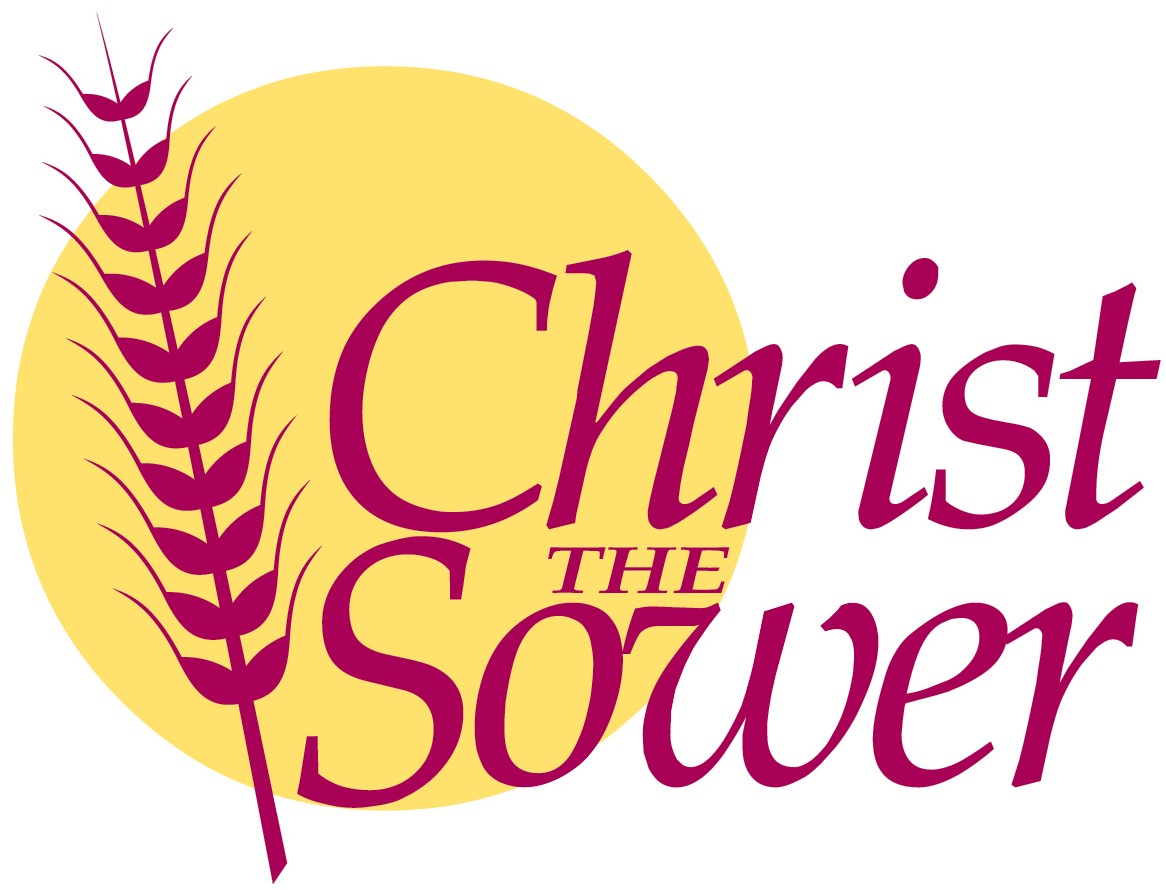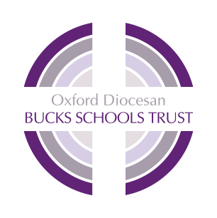- Home
- Our CARE Curriculum
- Our 'CARE' Cultural Curriculum
- Subjects
- Geography
- Intent, Implementation and Impact
Intent, Implementation and Impact
Intent
Here at Christ the Sower, the Geography Curriculum aims to inspire children’s curiosity and interest to explore the world that we live in and its people, which aims to ignite a love of learning. Geography at Christ the Sower explores the physical world in which we live and is designed to cover the National Curriculum objectives for Geography in Key Stages 1 and 2 in a way that supports children in developing their Geographical knowledge, which is then demonstrated through a variety of key skills. We believe that Geography helps to provoke and provide answers to questions about the natural and human aspects of the world.
Children are encouraged to develop a greater understanding and knowledge of the world, as well as their place in it. For children to become successful, ambitious, and confident ‘geographers’ we aim to ensure our cultural curriculum offers our children the opportunity to learn more about their own lives, cultures, and the community and world they live in. We aim to achieve this through teaching in blocks of learning that explore and celebrate the diverse culture of our children, as well as building on our understanding of aspirational explorers.
The National Curriculum states that ‘A high-quality geography education should inspire in children a curiosity and fascination about the world and its people that will remain with them for the rest of their lives.’ We believe children should be able to access a variety of different experiences that promote an appreciation of their geographical location and their social communities in the context of the wider world. We explore these not only in Geography lessons but intertwined with the British Values and SMSC, which are taught through our CARE school values.
At CTS the teaching of Geography plays an important part in fulfilling our vision to teach children to CARE:
- Make choices and understand how choices can have an impact
- Aspire to achieve great things such as the explorers studied from the past or present
- Reflect on what we can learn from geographical changes and natural disasters to support the world we live in
- Engage with society and take responsibility for our impact
Throughout foundation years the building blocks of all learning are first observed, recognised, examined, and ‘played’ with, if not arranged, from an early age. Enabling children to take on the role of a geographer: exploring, discovering, and beginning to make sense of the world around them is an important consideration when planning for the seven areas of interconnected learning and development that make up the EYFS framework.
By the end of KS1, we aim to have all children equipped with the geographical skills to develop their knowledge through studying places, people, and natural and human environments, which will support them in having a strong basis ready for key stage 2. This seeks to deepen the understanding of the Earth’s human and physical forms and processes. We intend for all children to know and be able to describe human and physical geographical features as well as be able to locate some key places within our country and the wider world.
By the end of KS2, we aim for the majority of children to leave us with an understanding of different geographical processes and be able to compare and contrast different locations, using this knowledge to recognise how different locations can apply different strategies to solve similar problems. Geography is, by nature, an investigative subject, which develops an understanding of subject-specific concepts, knowledge, and skills, and we aim to have children leaving CTS secure in this.
We aim to ensure that all children can develop secure knowledge and foundations for learning, that they can build upon. Our geography curriculum is logically sequenced and organised into a progression of skills, knowledge, and vocabulary that will be taught following a sequence both in half-termly topics and in individual lessons. The progression is then mapped out into individual strands of learning that help children build on prior knowledge; Processes and Change, Human Geography, Physical Geography, Geographical Vocabulary, Locations and Environments, and Similarities and Differences. When covering each of these strands, the content will be carefully organised by each year group through a curriculum overview. The content knowledge, vocabulary, and skills will then be planned in greater detail within the half termly plans by class teachers.
Implementation
Geography is taught in blocks throughout the year, so that children can achieve depth in their learning. Meaningful links with other subjects is made to strengthen connections and understanding for children, where possible the teaching of Geography is enriched through exploring links with other areas of the curriculum, such as English, Art, and DT to engage the children in their learning. Each topic begins with finding out what we already know and what the children would like to know, which helps teachers plan for learning and gaps. The local area is fully utilised to achieve the desired outcomes, with extensive opportunities for learning outside the classroom embedded in practice.
The teaching, learning and sequencing of the Geography curriculum follows:
- A blocked curriculum approach has been implemented to ensure coverage and progression in all skills relating to Geography.
- Each half-term has a History or Geography focus with each topic consisting of 5 weeks of teaching and learning opportunities.
- In KS1, the Geographical skills will focus on their local area moving to the North and South Poles, while studying human and physical geography throughout.
- In KS2, the Geography curriculum is organised to allow children to build on prior learning, through a sequential curriculum.
- The progression of skills is set out in order to build and develop the following:
- Processes and Change
- Human Geography
- Physical Geography
- Geographical Vocabulary
- Locations and Environments
- Similarities and Differences
- Children are taught the sequence of skills and knowledge that are the components to a composite outcome.
- Working walls are used to aid the children in understanding and recapping what they have already learnt. They also allow teachers some insight into the children’s own enquiry.
- Tier 2 and 3 vocabulary is taught within the unit and reinforced throughout the year.
- When necessary, individual or group work will be differentiated so that it is accessible by a range of abilities and different SEN needs as well as challenging those working at a deeper level.
Impact
Teachers assess children’s progress in Geography throughout the different topics. Sometimes work in Geography will be used for assessment in other curriculum areas such as Reading, Writing and Maths, for example letters, diary entries and postcards. Equally, work within children’s English books can be used to assess the understanding of the topic through extended pieces of writing and this can demonstrate the key vocabulary being used. Children are assessed through the work in their books, creative work, a range of open and closed questioning, individual and group work, self-assessment and their contributions to lessons.
Children will have developed the geographical knowledge and skills to help them explore, navigate and understand the world around them and their place in it. Children’s knowledge and skills will develop progressively as they move through the school, not only to enable them to meet the requirements of the National Curriculum but to prepare them to become competent geographers in secondary education.
Wider impact of Geography
Language and communication
Children develop language skills by:
- exploring ideas about the focus for their work using specific and geographical vocabulary;
- asking and answering questions about source materials and how these help them to develop their ideas, including recording ideas and annotating materials in their geography books;
- learning geographical specific vocabulary about location, physical and human places by extracting information from sources such as atlases, reference books and the internet;
- use geographical language to form and draw maps and diagrams to communicate geographical information;
- develop geographical field, mapping and geographical specific terminology ;
- making sense of their world through using language, talking and writing with meaningful opportunities for discussion and dialogue, sorting data, ranking information, identifying links between concepts, reconstructing information, discursive writing and so on.
Mathematical Skills
Geography is a numerate subject and uses mathematical concepts in some way in most lessons; for example, numbers, scale, graphs, data, temperatures, percentages, ratios, co-ordinates. Numerical literacy includes solving numerical problems, the ways in which numerical information is gathered by counting and measuring, and how it is presented in graphs, charts and tables. There are many opportunities within geography for children to develop their numeracy skills such as:
- demonstrate an understanding of number, area and scales, and the quantitative relationships between units
- design fieldwork data collection sheets and collect data with an understanding of accuracy, sample size and procedures, control groups and reliability
- understand and correctly use proportion and ratio, magnitude and frequency
- draw informed conclusions from numerical data.
Values and attitudes
‘Geography inspires children to become global citizens by exploring their own place in the world, their values and their responsibilities to other people, to the environment and to the sustainability of the planet.’ (Geographical Association)
Children have opportunities in Geography to:
- learn a sensitivity and concern for landscape and the environment
- show an appreciation of the world including its people, places, landscapes, natural processes and phenomena
- develop knowledge and understanding of the human and physical processes which shape places;
- appreciate similarity and difference in the world around them and to respect other people’s beliefs, attitudes and values;
- develop interest and enjoyment of geographical experiences and build confidence and understanding;
- recognise and understand issues concerning the environment and sustainable development.

